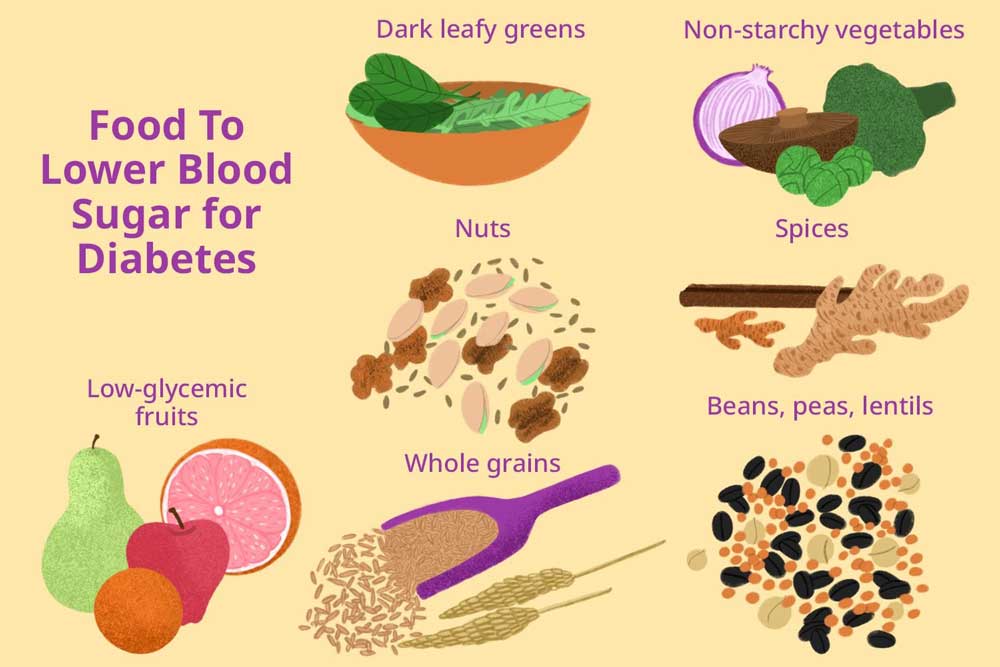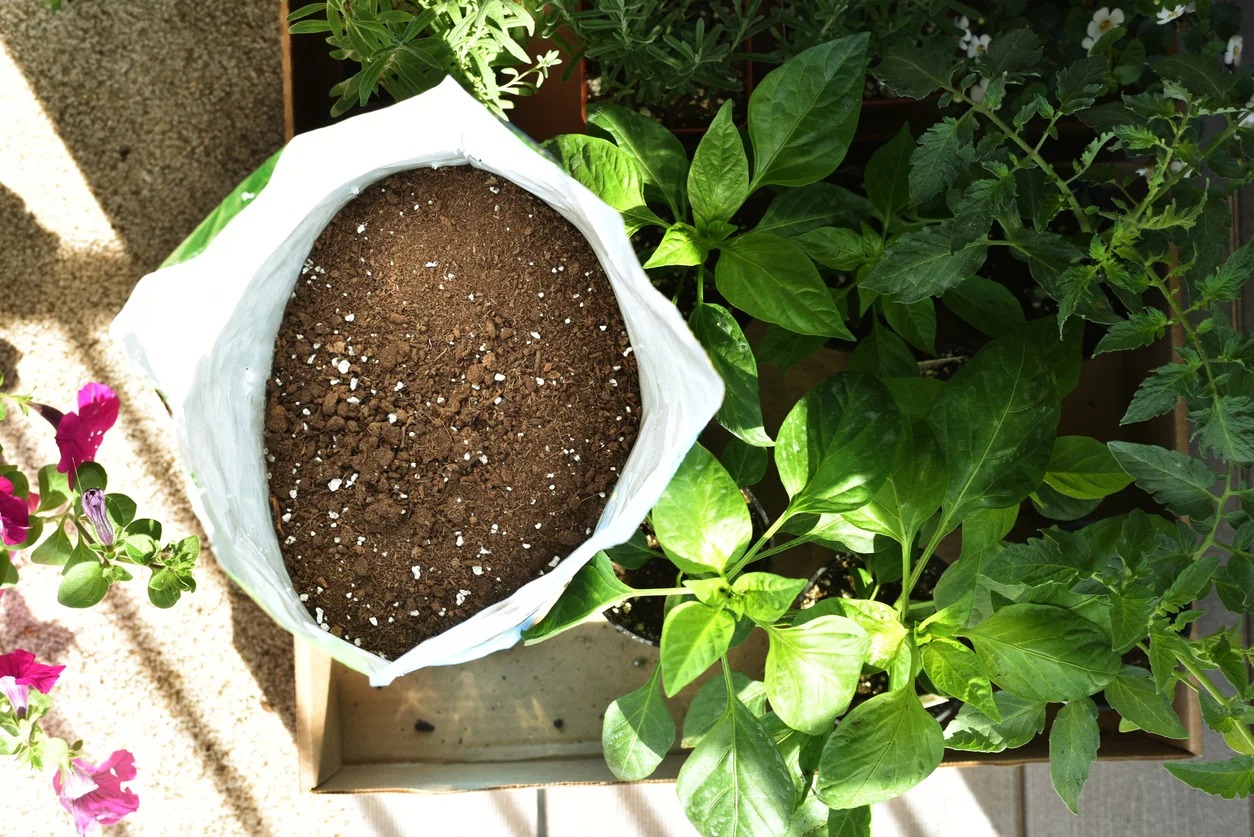
Maintaining stable blood sugar levels is crucial for overall health. Whether you're looking to manage diabetes, prevent prediabetes, or simply improve your general well-being, adopting a low-sugar diet can be a powerful strategy. However, for beginners, creating an effective low-sugar diet plan can feel overwhelming. This article will delve into the intricacies of crafting a sustainable low-sugar eating plan to help you improve your blood sugar levels and enjoy the numerous benefits that come with it.
Understanding Blood Sugar and Its Importance
Blood sugar, also known as glucose, is the body's primary source of energy. It comes from the food we eat, especially carbohydrates. When we consume carbohydrates, they are broken down into glucose and absorbed into the bloodstream. The pancreas releases insulin, a hormone that helps glucose move from the blood into cells for energy use.
Keeping blood sugar levels within a healthy range is vital because consistently high blood sugar (hyperglycemia) or low blood sugar (hypoglycemia) can negatively impact the body. Long-term hyperglycemia is a key factor in the development of serious health problems like diabetes, heart disease, nerve damage, kidney disease, and vision problems. Even if blood sugar levels haven't reached the diagnostic criteria for diabetes, persistent fluctuations can lead to fatigue, increased appetite, and difficulty concentrating.
The Benefits of a Low-Sugar Diet for Blood Sugar Control
A low-sugar diet focuses on limiting the intake of foods and beverages that cause rapid spikes in blood sugar levels. By doing so, we can experience a range of benefits:
- More Stable Blood Sugar Levels: Reducing the intake of sugar and refined carbohydrates helps prevent dramatic swings in blood sugar, leading to more consistent energy levels and reduced feelings of fatigue.
- Improved Insulin Sensitivity: Over time, a high-sugar diet can lead to insulin resistance, a condition where the body's cells become less responsive to insulin. A low-sugar diet can help restore insulin sensitivity, allowing insulin to more effectively transport glucose into the cells.
- Reduced Risk of Type 2 Diabetes: For individuals with prediabetes or a family history of diabetes, a low-sugar diet can significantly lower the risk of developing type 2 diabetes.
- Aids in Weight Management: Many high-sugar foods are also high in calories and low in nutritional value. Reducing these foods often leads to a decrease in overall calorie intake, which can contribute to weight management.
- Improved Energy Levels and Mood: Dramatic fluctuations in blood sugar can cause energy crashes and mood swings. A low-sugar diet can help maintain more stable energy levels and potentially improve mood.
- Lower Risk of Certain Chronic Diseases: Beyond diabetes, some research suggests that a low-sugar diet may help reduce the risk of heart disease and certain types of cancer.
Identifying Sources of Sugar in Your Diet
Before creating a low-sugar diet plan, it's crucial to understand where sugar is lurking in your current diet. Sugar isn't just found in obvious sweet treats; it's also hidden in many unexpected foods and drinks.
- Obvious Sugar Sources: This includes things like candy, chocolate, cakes, cookies, ice cream, sugary cereals, jams, honey, maple syrup, and table sugar. Sugary drinks, such as soda, fruit juice, sports drinks, and sweetened coffee/tea, are also major sources.
- Hidden Sugar Sources: Reading food labels is essential, as sugar can appear under many different names, including:
- High-fructose corn syrup
- Sucrose
- Glucose
- Maltose
- Dextrose
- Corn syrup solids
- Invert sugar
- Fruit juice concentrate
- Processed Foods: Many processed foods, such as sauces, dressings, condiments, pre-made meals, and snacks, can contain significant amounts of added sugar, even if they don't necessarily taste very sweet.
- Naturally Occurring Sugars: Fruits and dairy products contain natural sugars (fructose and lactose). While these foods also provide important nutrients, they still need to be consumed in moderation on a low-sugar diet.
A Step-by-Step Guide to Creating a Low-Sugar Diet Plan
Developing a successful low-sugar diet plan requires careful planning and gradual changes. Here's a detailed guide to help you get started:
Step 1: Set Realistic Goals
Before making any dietary changes, it's important to set clear and achievable goals. Your goals might be to lower your fasting blood sugar levels, lose weight, increase energy, or simply improve your overall health. Break down larger goals into smaller, manageable steps, such as reducing one sugary drink per day or adding one serving of vegetables to each meal.
Step 2: Track Your Current Sugar Intake
Understanding how much sugar you currently consume daily is the first step towards creating an effective plan. Keep a food journal or use a food tracking app to record everything you eat and drink, paying close attention to the sugar content listed on food labels. This can help you identify your main sources of sugar and understand where you need to make changes.
Step 3: Prioritize Whole, Unprocessed Foods
The foundation of a low-sugar diet should be whole, unprocessed foods. These foods are naturally lower in sugar and packed with fiber, vitamins, minerals, and antioxidants. Focus on including:
- Non-Starchy Vegetables: Such as broccoli, spinach, kale, cauliflower, bell peppers, cucumbers, zucchini, and asparagus. These are nutrient-dense and low in carbohydrates.
- Fruits in Moderation: Opt for lower-sugar fruits like berries (blueberries, strawberries, raspberries), avocados, lemons, and limes. Consume other fruits in moderation, keeping their natural sugar content in mind.
- Lean Proteins: Such as chicken breast, fish, turkey, tofu, and legumes. Protein helps you feel full and can help stabilize blood sugar levels.
- Healthy Fats: Such as avocados, nuts, seeds, olive oil, and fatty fish (like salmon). Healthy fats help slow down the absorption of sugar and contribute to satiety.
- Whole Grains (in Moderation): Choose minimally processed whole grains like quinoa, brown rice, and rolled oats. These contain more fiber than refined grains, which helps release glucose more slowly.
Step 4: Limit or Eliminate Sugary Drinks
Sugary drinks are a major source of added sugar in the diet and often provide little to no nutritional value. Avoid or significantly reduce your intake of:
- Soda and soft drinks
- Fruit juices (even 100% pure juice is high in natural sugar; opt for whole fruit instead)
- Sports drinks
- Sweetened coffee and tea
- Energy drinks
- Sweetened milk and plant-based milk
Choose water, unsweetened tea, black coffee, or herbal infusions as healthier alternatives. If you prefer a little sweetness, consider using small amounts of natural sweeteners like stevia or erythritol.
Step 5: Be Mindful of Added Sugars in Processed Foods
Carefully read food labels to identify added sugars. Choose products with little to no added sugar. Be wary of ingredients like high-fructose corn syrup, sucrose, or any other form of sugar listed near the top of the ingredient list. Opt for whole, unprocessed snacks like nuts, seeds, vegetable sticks, and small amounts of low-sugar fruit.
Step 6: Choose Healthy Fats
Healthy fats are essential for overall health and blood sugar control. They can help you feel fuller for longer, slow down the absorption of sugar, and improve insulin sensitivity. Incorporate sources of healthy fats into your diet, such as:
- Avocados
- Nuts (almonds, walnuts, cashews, etc., in moderation)
- Seeds (chia seeds, flax seeds, pumpkin seeds, etc.)
- Olive oil
- Fatty fish (salmon, tuna, sardines, etc.)
Step 7: Incorporate Plenty of Fiber
Fiber is a type of carbohydrate that the body can't digest, but it plays a crucial role in blood sugar management. Fiber helps slow down the absorption of sugar, preventing rapid spikes in blood glucose levels. Include plenty of fiber-rich foods in your diet, such as:
- Non-starchy vegetables
- Fruits
- Whole grains
- Legumes (lentils, chickpeas, black beans)
- Nuts and seeds
Step 8: Plan Your Meals and Snacks
Planning your meals and snacks ahead of time can help you avoid impulsive choices that might be high in sugar. Try to dedicate some time each week to plan your meals and have healthy snacks readily available for when you feel hungry.
Step 9: Monitor Your Blood Sugar Levels (if applicable)
If you have diabetes or prediabetes, regularly monitoring your blood sugar levels is essential to understand how your diet plan is affecting your glucose levels. Work with your doctor or healthcare team to determine the best monitoring frequency and target blood sugar ranges for you.
Step 10: Stay Hydrated
Drinking enough water is crucial for overall health and can help with blood sugar control. Water helps the body flush out excess glucose and can contribute to feelings of fullness. Aim for at least eight glasses of water per day.
Step 11: Don't Deprive Yourself Entirely
Completely banning all sugary foods can lead to cravings and feelings of deprivation, making it harder to stick to your diet plan long-term. Allowing for occasional treats in moderation is okay, as long as you are mindful and make conscious choices.
Step 12: Seek Support
Changing your eating habits can be challenging, so it's important to seek support from family, friends, or support groups. You might also consider consulting a registered dietitian or nutritionist who can provide personalized guidance and support.
Foods to Include in a Low-Sugar Diet
- Non-Starchy Vegetables: Broccoli, cauliflower, spinach, kale, bell peppers, onions, garlic, mushrooms, cucumbers, zucchini, asparagus, green beans, eggplant, tomatoes, lettuce, etc.
- Fruits (in Moderation): Berries (blueberries, strawberries, raspberries, blackberries), avocados, lemons, limes, small portions of apples and pears.
- Protein Sources: Chicken breast, fish (salmon, tuna, cod), turkey, eggs, tofu, legumes (lentils, chickpeas, black beans), plain Greek yogurt (unsweetened).
- Healthy Fats: Avocados, olive oil, coconut oil, nuts (almonds, walnuts, macadamia nuts, Brazil nuts), seeds (chia seeds, flax seeds, pumpkin seeds, sunflower seeds).
- Whole Grains (in Moderation): Quinoa, brown rice, rolled oats (plain, unsweetened), barley.
- Dairy (in Moderation): Plain whole or low-fat milk, plain Greek yogurt, small amounts of cheese.
- Beverages: Water, unsweetened tea (green tea, black tea, herbal tea), black coffee.
Foods to Limit or Avoid on a Low-Sugar Diet
- Sugary Drinks: Soda, fruit juice, sports drinks, sweetened coffee and tea, energy drinks.
- Processed Snacks and Desserts: Candy, chocolate, cakes, cookies, ice cream, pastries, sugary cereals, granola bars (with added sugar).
- Refined Carbohydrates: White bread, white rice, pasta (made from white flour), crackers, pretzels.
- High-Sugar Fruits: Mangoes, bananas, grapes, pineapple, watermelon (consume in moderation).
- Sweetened Dairy Products: Sweetened yogurt, flavored milk.
- Added Sugars in Processed Foods: Carefully read labels and avoid sauces, condiments, and pre-made meals with high amounts of added sugar.
Sample Low-Sugar Meal Plan (1 Day)
Here's a sample low-sugar meal plan to give you an idea of what a typical day might look like:
- Breakfast: Scrambled eggs with spinach and a small amount of diced avocado. A cup of unsweetened green tea.
- Lunch: Grilled chicken breast salad with mixed greens, cucumber, tomatoes, and an olive oil and vinegar dressing.
- Dinner: Baked salmon with roasted broccoli and quinoa.
- Snacks: A small handful of almonds, a few celery sticks with hummus, a small portion of berries.
Tips for Sticking to Your Low-Sugar Diet Plan
- Plan Ahead: Planning your meals and snacks in advance can help you make healthier choices.
- Cook at Home More Often: This gives you better control over the ingredients and sugar content of your meals.
- Read Food Labels Diligently: Make it a habit to read food labels to identify hidden sugars.
- Find Healthy Alternatives: Swap high-sugar desserts for low-sugar fruit options and sugary drinks for unsweetened beverages.
- Start Slowly: Don't try to make all the changes at once. Begin with small, gradual adjustments.
- Stay Positive: Changing habits takes time and effort. Be patient with yourself and celebrate small victories along the way.
- Prepare for Social Situations: If you're attending a party or eating out, plan ahead and make mindful choices.
Potential Challenges and How to Overcome Them
- Sugar Cravings: Sugar can be addictive, so you might experience cravings in the initial weeks. Combat cravings by eating regular meals that are rich in protein, fiber, and healthy fats.
- Social Pressure: It can be challenging to stick to a low-sugar diet in social situations. Plan ahead and have polite ways to decline unhealthy offerings.
- Understanding Food Labels: The sugar information on food labels can be confusing. Learn to identify different names for sugar and focus on the total sugar content per serving.
- Eating Out: Choosing low-sugar options at restaurants can be tricky. Check menus online beforehand and opt for grilled, baked, or steamed dishes, avoiding fried foods and sugary sauces.
Consulting with Healthcare Professionals
If you have diabetes or any other underlying health conditions, or if you are taking medications that may affect your blood sugar levels, it's crucial to consult with your doctor or a registered dietitian before making any significant dietary changes. They can help you create a safe and effective low-sugar diet plan that meets your individual needs.
Conclusion
Creating a low-sugar diet plan to improve blood sugar levels is a rewarding journey towards better health. By understanding the sources of sugar, prioritizing whole foods, and making gradual changes, you can effectively manage your blood sugar, reduce your risk of chronic diseases, and enjoy a healthier, more energetic life. Remember that consistency is key, and seeking support during your dietary changes can make a significant difference in your success. Start taking proactive steps today towards a healthier future!



















